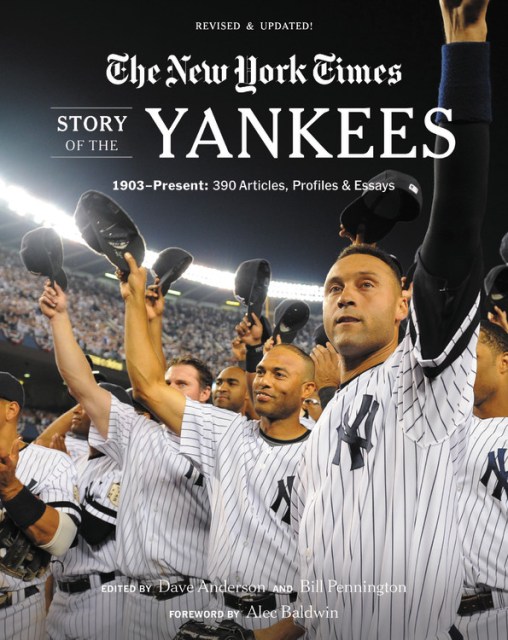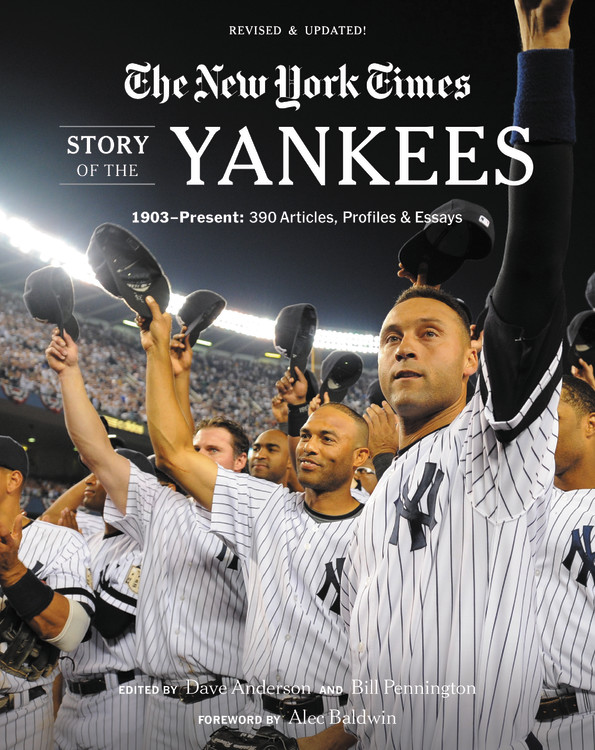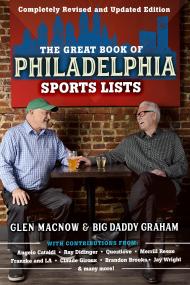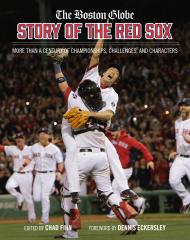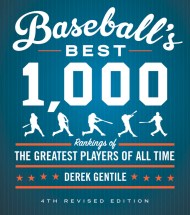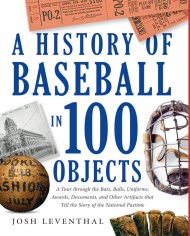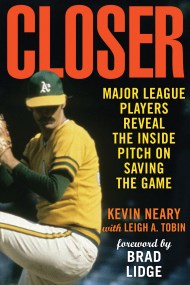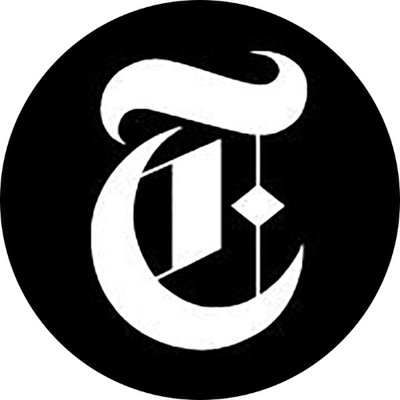Promotion
Use code MOM24 for 20% off site wide + free shipping over $45
New York Times Story of the Yankees
1903-Present: 390 Articles, Profiles & Essays
Contributors
Edited by Dave Anderson
Edited by Bill Pennington
Foreword by Alec Baldwin
Formats and Prices
Price
$25.99Price
$32.99 CADFormat
Format:
- Trade Paperback (Revised) $25.99 $32.99 CAD
- ebook $13.99 $17.99 CAD
- ebook $12.99 $16.99 CAD
This item is a preorder. Your payment method will be charged immediately, and the product is expected to ship on or around March 16, 2021. This date is subject to change due to shipping delays beyond our control.
Also available from:
The New York Yankees are the most storied franchise in baseball history. They consistently draw the largest home and away crowds of any team, command the largest broadcast audiences in baseball, draw the greatest number of on-line followers, and routinely sell more copies of books and magazines than any other professional sports team.
The New York Times Story of the Yankees includes more than 350 articles chronicling the team's most famous milestones—as well as the best writing about the ball club. Each article is hand-selected from The Times by the peerless sportswriter Dave Anderson, creating the most complete and compelling history to date about the Yankees.
Organized by era, the book covers the biggest stories and events in Yankee history, such as the purchase of Babe Ruth, Roger Maris's 61st home run, and David Cone's perfect game. It chronicles the team's 27 World Series championships and 40 American League pennants; its rivalries with the Brooklyn Dodgers and the Boston Red Sox; controversial owners, players, and managers; and more. The articles span the years from 1903—when the team was known as the New York Highlanders—to the present, and include stories from well-known and beloved Times reporters such as Arthur Daley, John Kieran, Leonard Koppett, Red Smith, Tyler Kepner, Ira Berkow, Richard Sandomir, Jim Roach, and George Vecsey.
Hundreds of black-and-white photographs throughout capture every era. A foreword by die-hard Yankees fan, Alec Baldwin, completes the celebration of baseball's greatest team.
Genre:
- On Sale
- Mar 16, 2021
- Page Count
- 560 pages
- Publisher
- Black Dog & Leventhal
- ISBN-13
- 9780762472185
Newsletter Signup
By clicking ‘Sign Up,’ I acknowledge that I have read and agree to Hachette Book Group’s Privacy Policy and Terms of Use
